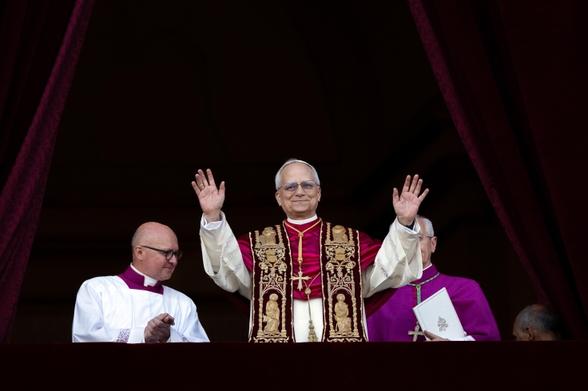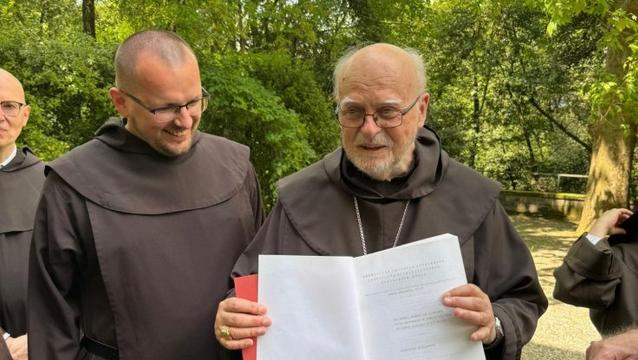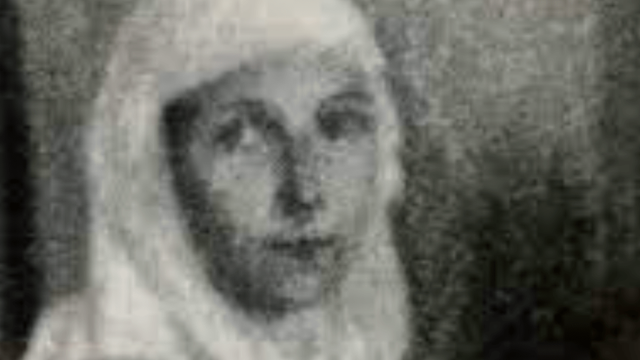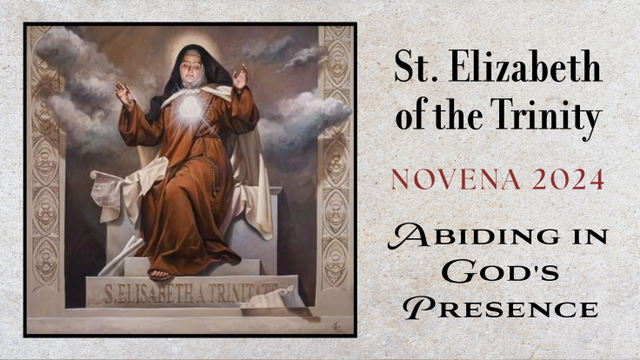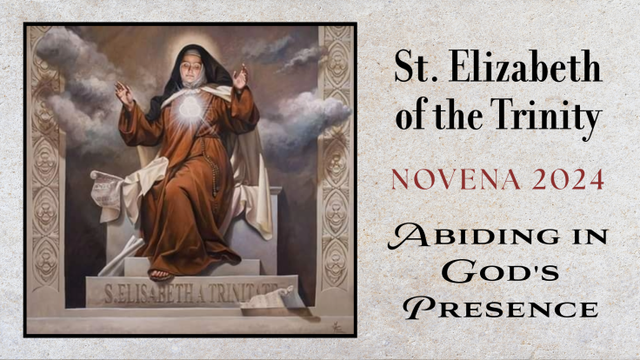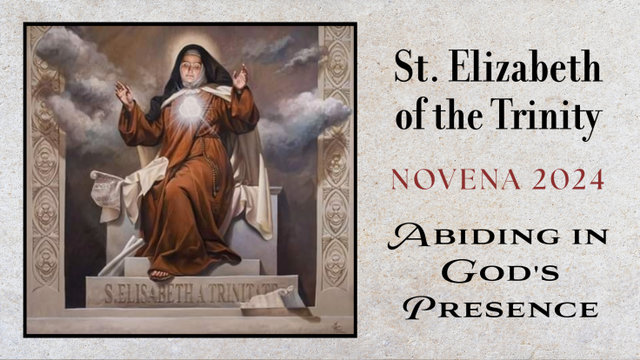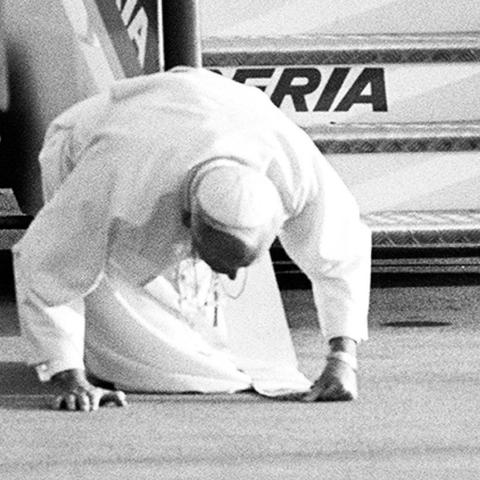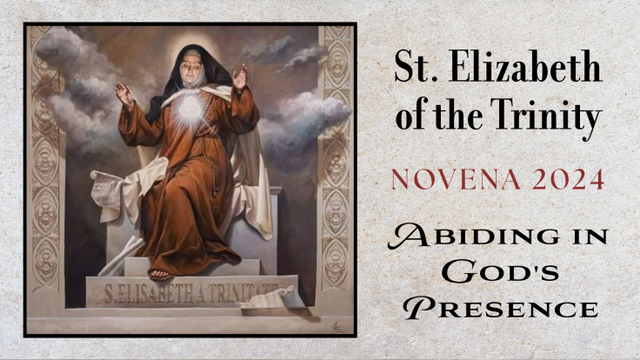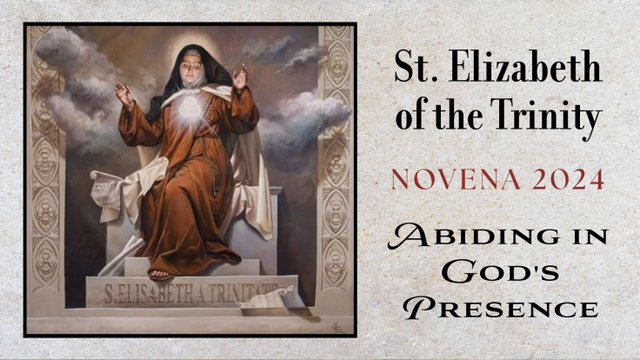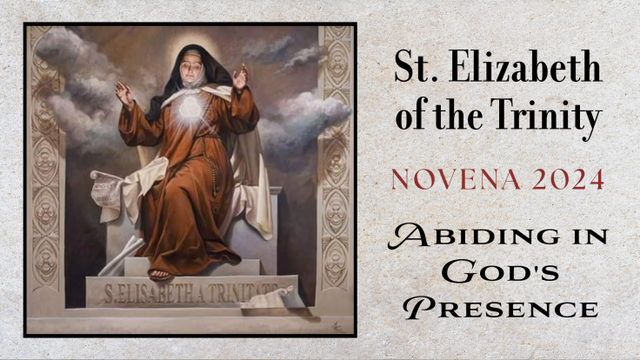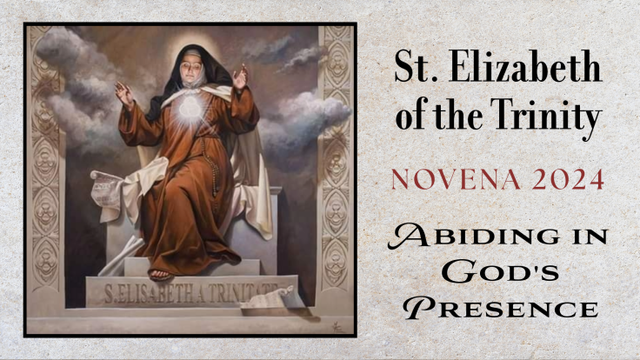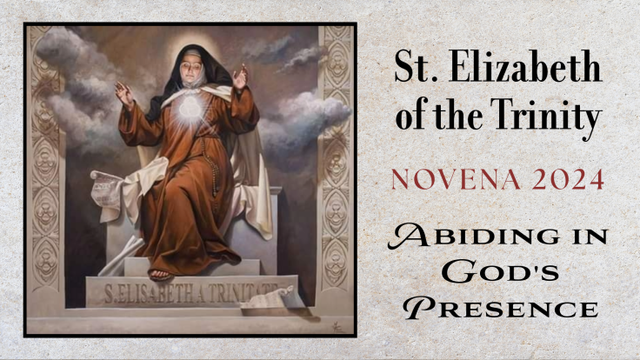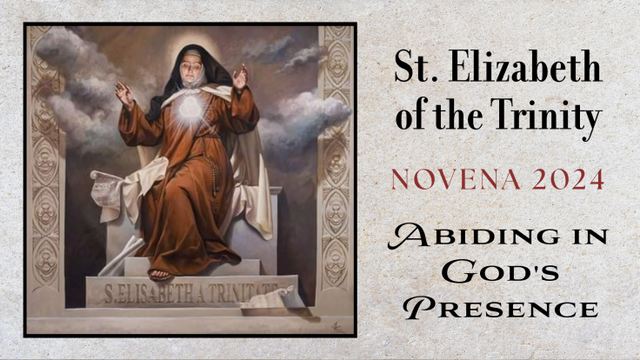“Prone to Wander”: Into the Tomb
Psalm 114:7-8 Tremble, O earth, at the presence of Abba God, at the presence of the God of Jacob, who turns the rock into a pool of water, the flint into a spring of water.
Introduction
A day of silence. A day of eyes dampened with doubt, confusion, fear, anger, and even despair. It’s not just the women who cry; the men cry, too; no one is exempt from the overwhelming barrage of emotions that comes when hopes are dashed, expectations go up in flames, and faith feels shattered. The one whom they loved, the one whom they followed, the one whom they would die for—so they claimed—had been killed, and his body lay in a sealed tomb, guards flanking the massive stone. They didn’t even have time to prepare his body properly before the Sabbath moon rose gently in the sky reminding them that what was was no longer …
In the silence of that Sabbath, thoughts of what happened, how could this be, what was it all for, is this really it paraded about the minds of the disciples as they forced themselves to rest, no recourse to business of banal tasks to keep their minds occupied. They were stuck in this moment of death, like Jesus in that tomb. The extra layer for some (all?) is that they didn’t stick around, defend, follow Jesus all the way… They ran, denied, hid, betrayed. Their consciences were plagued with loss and confusion and burdened with the uncomforting, weighted-blanket of failure and guilt—heavier for some, lighter for others. These precious souls (no matter their guilt and failure, their denial and betrayal) had to endure the sun-down to sun-down plus a few more hours to receive the actual ending of the story. On this night, all those years ago, the disciples of Christ sighed, wiped away tears, and wondered what it was all about… Death, and all its children, held them hostage like Christ sealed in the tomb.
On this night, all those years ago, the disciples died with Christ. What they didn’t know was that the story wasn’t as over …
Romans 6:3-11[1]
In Romans 6, Paul anchors the silence of Saturday into the death of Good Friday and the life of Easter Sunday. For Paul, those who follow Christ follow him in the ways they speak and act and through deep identification with Christ even if it means going into the tomb with Christ on Good Friday. For Paul, this identification with Christ in Christ’s death is the key to the identification with Christ in his resurrected life. For Paul, this is how believers participate in the entirety of the Easter event, from beginning to end, from death into new life. In other words, our Romans passage is a clear distillation of what is happening as we transition from death to life through the silence of Saturday.
Paul begins with a question (v. 1) that he then (passionately) answers in v. 2: What therefore will we say? Should we persist in sin so that grace might superabound? Hell no! How can we who died to sin still live in it? In this portion, Paul addresses the new life believers have in Christ: this is absolutely not a continuation of what has gone before and is something completely new! There is a clean break between what was sealed up in the tomb with Christ on Good Friday, and the new life the believers step into on Easter Sunday Morning.
Because there is no continuation between what was by deeds of the flesh and what is now by faith in Christ, Paul feels compelled to ask the Romans, Or, do you not know that all who were baptized into Christ Jesus were baptized into his death? (v.3)Meaning, there’s a lie floating about that those who believe in Christ don’t suffer Christ’s fate, that we are exempted from that death. For Paul, while we weren’t nailed to the cross in literal terms, we do suffer a death like Christ’s, and this is actualized in our participation in the waters of baptism. (Being submerged under the water is to buried with Christ, to come up out of the water is to be raised with Christ.) For Paul, it is imperative that we take seriously the reality that we die like Christ; for Paul (and thus for us), THIS IS GOOD NEWS! Paul writes, Therefore, we were buried with him through baptism into death, so that just as Christ was raised from the dead through the glory of Abba God, in this way we, we might also walk in the newness of life (v.4). Through what God did in Christ through the power of the Holy Spirit, death that leads to life is the only path for believers. What is ruled out? Death that leads to death. Why? Because those who journey through a death like Christ’s receive resurrection into new life that cannot die like Christ cannot die (and this new life is both internal and external, spiritual and temporal!).[2] Thus why Paul can then write, For if we have become united together with him in a death like his death, we will also [be united with him in his] resurrection (v. 5). We live unafraid of another death because we live eternally in and with Christ.
Paul continues to elaborate about this identification between the believer and Christ, Knowing that our old person was crucified together [with Christ] with the result that the body of sin is abolished, so that we are no longer a slave to sin, for the one who has died [with Christ] has been declared righteous from sin (vv. 6-7). Paul anchors the believer in the death of Christ so that their body of sin—not their existence as fleshy creatures, but their defective orientation resulting in sin thus death[3]—is put to death and this is liberation because it cannot weigh the believer down anymore. Another way to say this is that by virtue of identification with Christ in Christ’s death, sin and its consequence, death, are put to death.[4] What was ushered in by Adam and Eve in Genesis 3, has been put asunder by the death of death that is brought in and through Christ’s death and resurrection. And if this is the case, then with Paul we can say, And if we died with Christ, we believe that we will also live together with him (v.8). Captivity itself is now held captive and the captives—the ones formerly held in captivity to sin and death—are liberated.[5]
Paul then writes, Knowing that Christ being raised from the dead no longer dies, death no longer rules over him. For the death he died, he died to sin once for all; but the life he lives, he lives to God [always]. Thus you, you also consider yourselves to be dead to sin and only living to God in Christ Jesus. For those who follow Christ, to live is to live unbound by death, released from captivity, no longer controlled and threatened by sin. According to Paul, it’s not that believers now no longer sin; they do. Believers will miss the mark, they will shoot and not score, they will mean one thing and do another, they will harm, they will mar, they will wound. What Paul is getting at is that the believer—while still a sinner—is liberated from the effects of sin which is death. The believer—now declared righteous although a sinner still (simul iustus et peccator)—has died once and for all (like Christ) and never needs to die again to sin (though sin is going to happen).[6] In other words, the believer does not need to intentionally sin so that they can die again to sin and again be declared righteous. Doing so is unnecessary and declares the grace of God unnecessary (Hell no!), as if being made righteous can come by any other means apart from grace and faith in Christ.
Because Jesus died once for all, believers in union with Christ by faith will never really die (they will “fall asleep in Christ”) because death has met its own death, captivity its own captivity. [7],[8] Rather, like Christ, they will live by the grace of God and for the grace of God.[9] This is an eternal living because the believer—by faith and God’s grace—lives in Christ and Christ who is now the Lord of life is no longer subject to death and its lordship—thus, those who live in Christ have life eternal because Christ is now eternal even in his raised and ascended body.[10] Even when sin shows up in the believer’s life—and it will—this eternal living is not hindered or hampered. Rather—through easy access to forgiveness and absolution—the believer can get up, wipe the dust off, and try again to live the life that reflects their eternal life in Christ.[11] Here the spiritual can manifest in the temporal, the outer aligns with the inner, God’s will can be done on earth as it is in heaven.
Conclusion
For the disciples, the deathly silence of Saturday was palpable. For (about) 36 hours, waiting for the Sabbath to pass, waiting for the dawn of second full day after Christ’s death, they died, each one of them died with Christ—in grief, loss, shock, doubt, hopelessness, helplessness. They despaired of themselves, they released all that they thought was, and they came to the absolute ends of themselves. And here, in their ignorance to the divine movements, amid their darkest doubt, their deepest despair, surrounded by a void of sound or word, God was about to usher them into a brand-new conception of what it means to live in Christ, to live in love, to live liberated from all that was. As the host of heaven held its breath and as the disciples cried, God was on the move raising the greatest gift for the cosmos: the fulfilment of God’s glorious promise, Jesus the Christ raised holding death itself captive to death.
Tonight, we move from death to life. This service dives in deep to the silence of Saturday, the despair of a missing messiah, the stripping away of hope. At the beginning, we are all stuck in our sin, set on a path toward death eternal, forever held captive by its threat and presence, stealing from us any sense of peace—for how can anyone really have peace if they are always scrambling away from and fighting against death and its fruits? But in the blink of an eye, God moved, the heavenly host exhaled, and we find ourselves shrouded in the mystery of Christ being raised from the dead to be for us the source, sustenance, and sustainment of divine life, love, and liberation for all people, the entire cosmos, forever and always. As those who are prone to wander, God has come in Christ by the power of the Holy Spirit to be our new life marked by remembering and not forgetting, walking and not tromping, gathered and not estranged, accepting and not judging, peaceful and lifegiving and not violent and death-dealing. Today we are new creatures with a new life and a new way to walk in the world for the wellbeing of our neighbors and to the glory of God.
Hallelujah! Christ is Risen!
[1] All translations from Romans are mine unless otherwise noted
[2] LW 25:309. “For having put on our mortal flesh and dying only in it and rising only in it, now only in it He joins these things together for us, for in this flesh He became a sacrament for the inner man and an example for the outward man.”
[3] LW 25:313. “The term ‘old man’ describes what kind of person is born of Adam, not according to his nature but according to the defect of his nature. For his nature is good, but the defect is evil.”
[4] LW 25:310. “Eternal death is also twofold. The one kind is good, very good. It is the death of sin and the death of death, by which the soul is released and separated form sin and the body is separated rom corruption and through grace and glory is joined to the living God. This is death in the most proper sense of the word, for in all other forms of death something remains that is mixed with life but not in this kind of death, where there is the purest life alone, because it is eternal life. For to this kind of death alone belong in an absolute and perfect way the conditions of death, and in this death alone whatever dies perishes totally and into eternal nothingness, and nothing will ever return from this death because it truly dies an eternal death. This is the way sin dies; and likewise the sinner, when he is justified, because sin will not return again for all eternity…”
[5] LW 25:310. “This is the principle theme in scripture. For God has arranged to remove through Christ whatever the devil brought in through Adam. And it as the devil who brought in sin and death. Therefore God brought about the death of death and the sin of sin, the poison of poison, the captivity of captivity.”
[6] LW 25:314. “The meaning is that we must undergo this spiritual death only once. For whoever dies thus lives for all eternity. Therefore we must not return to our sin in order to die to sin again.”
[7] LW 25:311. “Because for death to be killed means that death will not return, and ‘to take captivity captive’ means that captivity will never return, a concept which cannot be expressed through an affirmative assertion.”
[8] LW 25:311. “For the entering into life can, and necessarily must, become a departure from life, but the ‘escape form death’ means to enter into a life which is without death.”
[9] LW 25:313. “Nor can he be freed of his perversity except by the grace of God…This is said not only because of the stubbornness of perverse people but particularly because of the extremely deep infection of this inherited weakness and original poison, by which a man seeks his own advantage even in God himself because of his love of concupiscence.”
[10] LW 25:315. “For just as the ray of the sun is eternal because the sun is eternal, so the spiritual life is eternal because Christ is eternal; for He is our life, and through faith He flows into us and remains in us by the rays of His grace. Therefore, just as Christ is eternal, so also the grace which flows out of Him is from His eternal nature. Furthermore, just because a man sins again his spiritual life does not die, but he turns his back on this life and dies, while this life remains eternal in Christ.”
[11] LW 25:315. “He has Christ, who dies no more; therefore he himself dies no more, but rather he lives with Christ forever. Hence also we are baptized only once, by which we gain the life of Christ, even though we often fall and rise again. For the life of Christ can be recovered again and again, but a person can enter upon it only once, just as a man who has never been rich can begin to get rich only once, although he can again and again lose and regain his wealth.”
#DeathToLife #Despair #Disciples #DivineActivity #DivineLiberation #DivineLife #DivineLove #DivineSilence #Grief #Helplessness #HolySaturday #Hoplessness #Jesus #JesusTheChrist #Liberation #Life #Love #MartinLuther #NewCreation #NewLife #Romans #Sabbath #UnionWithGod
